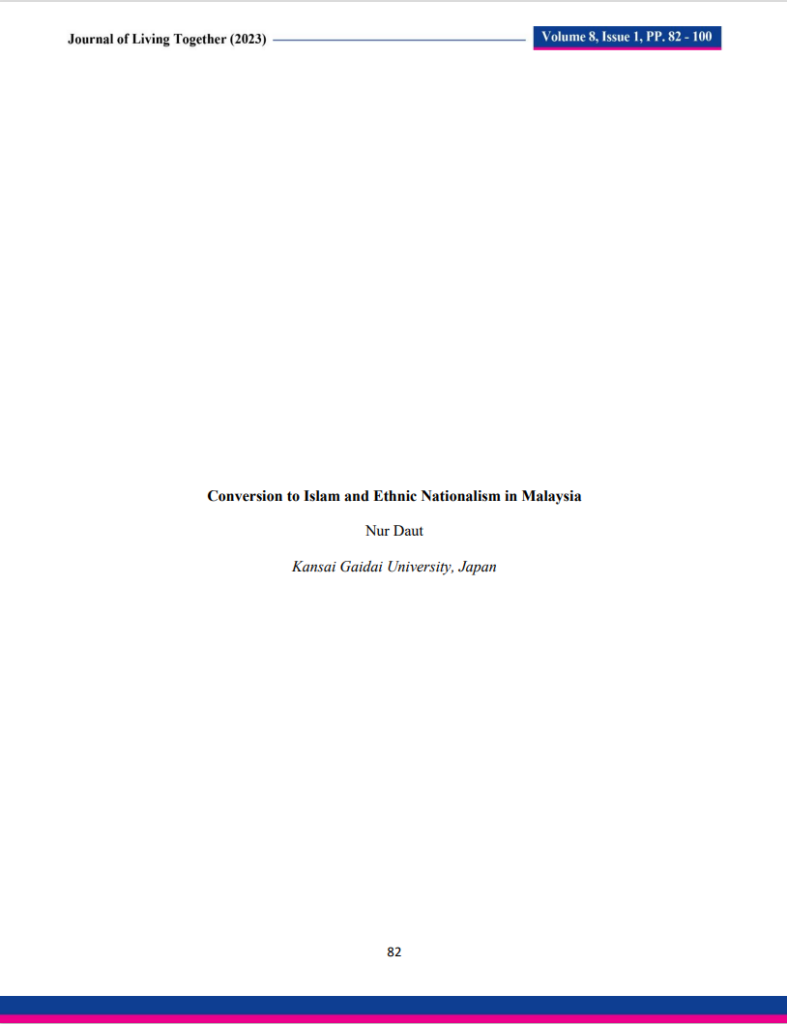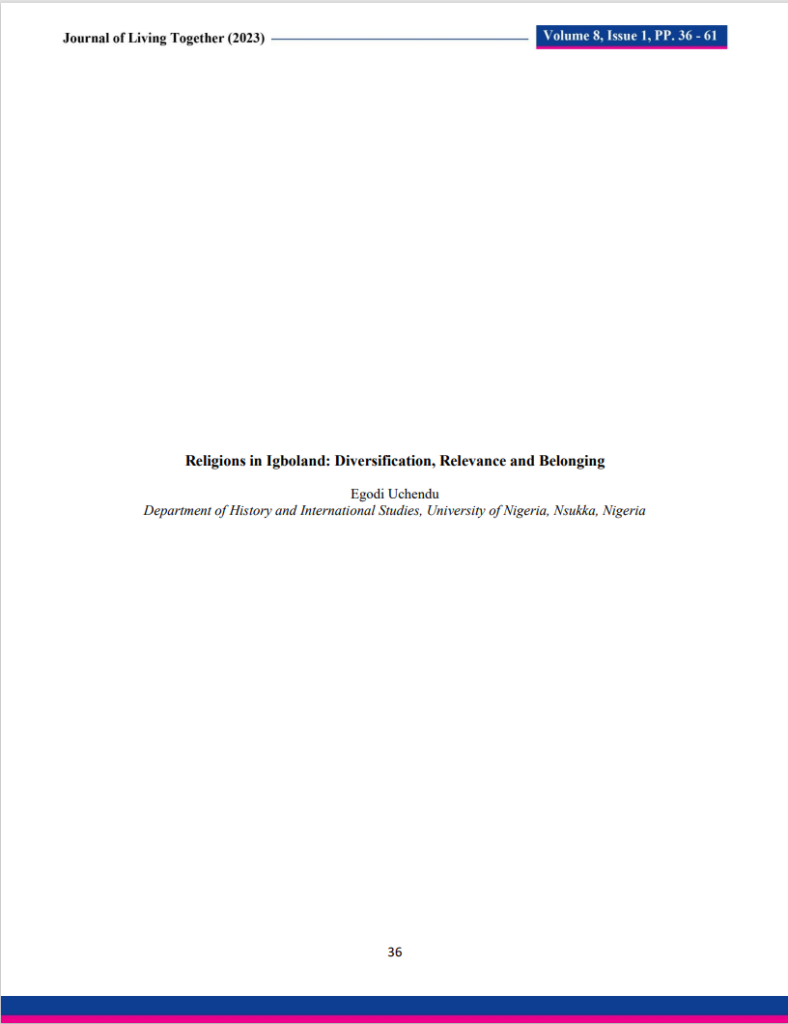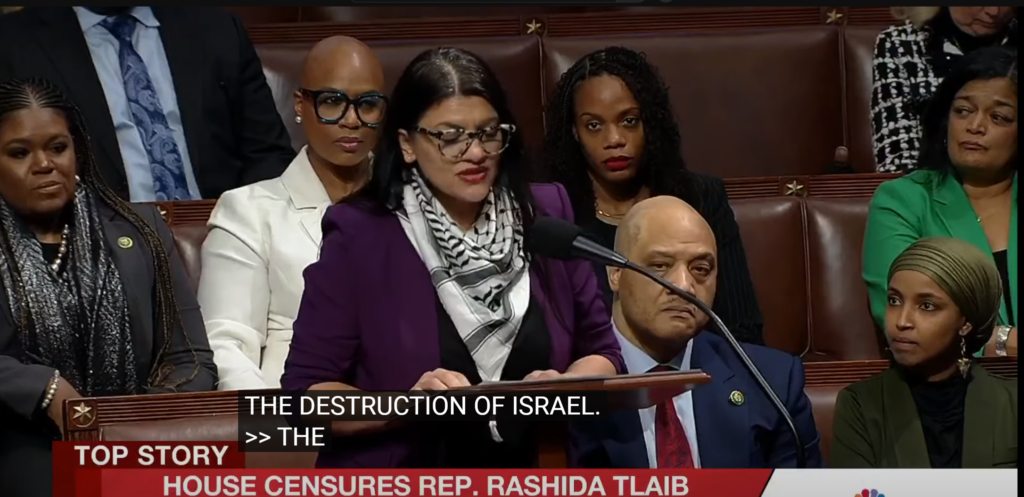Trump’s Travel Ban: The Role of the Supreme Court in Public Policy Making
What Happened? Historical Background to the Conflict
The election of Donald J. Trump on November 8, 2016 and his inauguration as the 45th president of the United States on January 20, 2017 marked the beginning of a new era in the history of the United States. Although the ambiance within the base of Trump’s supporters was that of jubilation, for most U.S. citizens who did not vote for him as well as non-citizens inside and outside the United States, Trump’s victory brought sadness and fear. Many people were sad and afraid not because Trump cannot become a U.S. president – after all he is a U.S. citizen by birth and in good economic standing. However, people were sad and afraid because they believe that Trump’s presidency entails a radical change in U.S. public policy as foreshadowed by the tone of his rhetoric during the campaigns and the platform on which he ran his presidential campaign.
Prominent among the anticipated policy changes that the Trump campaign promised is the President’s January 27, 2017 executive order that banned for 90 days the entry of immigrants and non-immigrants from seven predominantly Muslim countries: Iran, Iraq, Libya, Somalia, Sudan, Syria, and Yemen, including a 120-day ban on refugees. Faced with mounting protests and criticisms, as well as numerous litigations against this executive order and a nationwide restraining order from a Federal District Court, President Trump issued a revised version of the executive order on March 6, 2017. The revised executive order exempts Iraq on the basis of the U.S.-Iraq diplomatic relations, while maintaining a temporary ban on the entry of people from Iran, Libya, Somalia, Sudan, Syria, and Yemen because of concerns over national security.
The purpose of this paper is not to discuss in detail the circumstances surrounding President Trump’s travel ban, but to reflect on the implications of the recent Supreme Court ruling that authorizes aspects of the travel ban to be implemented. This reflection is based on the June 26, 2017 Washington Post article co-authored by Robert Barnes and Matt Zapotosky and entitled “Supreme Court allows limited version of Trump’s travel ban to take effect and will consider case in fall.” In the sections that follow, the arguments of the parties involved in this conflict and the decision of the Supreme Court will be presented, followed by a discussion on the meaning of the Court’s decision in light of the overall understanding of public policy. The paper concludes with a list of recommendations on how to mitigate and prevent similar public policy crises in the future.
Parties involved in the Case
According to the Washington Post article in review, Trump’s travel ban conflict that was brought before the Supreme Court involves two interrelated cases previously decided on by the U.S. Court of Appeals for the Fourth Circuit and the U.S. Court of Appeals for the Ninth Circuit against President Trump’s wish. While the parties to the former case are President Trump, et al. versus International Refugee Assistance Project, et al., the latter case involves President Trump, et al. versus Hawaii, et al.
Dissatisfied by the Courts of Appeals’ injunctions that barred the implementation of the travel ban executive order, President Trump decided to bring the case to the Supreme Court for certiorari and application to stay the injunctions issued by the lower courts. On June 26, 2017, the Supreme Court granted the President’s petition for certiorari in full, and the stay application was partially granted. This was a big victory for the President.
Each Other’s Stories – How each person understands the situation and why
The Story of President Trump, et al. – Islamic countries are breeding terrorism.
Position: Citizens of predominantly Muslim countries – Iran, Libya, Somalia, Sudan, Syria, and Yemen – should be suspended from entry into the United States for a period of 90 days; and the United States Refugee Admissions Program (USRAP) should be suspended for 120 days, while the number of refugee intake in 2017 should be reduced.
Interests:
Safety / Security Interests: Allowing nationals from these predominantly Muslim countries to enter the United States will pose national security threats. Therefore, a suspension of visa issuance to foreign nationals from Iran, Libya, Somalia, Sudan, Syria, and Yemen will help in protecting the United States from terrorist attacks. Also, to reduce the threats that foreign terrorism poses to our national security, it is important that the United States suspends its refugee admissions program. Terrorists can sneak into our country along with refugees. However, admission of Christian refugees could be considered. Therefore, the American people should support Executive Order No. 13780: Protecting the Nation from Foreign Terrorist Entry into the United States. The 90 days and 120 days suspension respectively will allow relevant agencies within the State Department and Homeland Security to carry out a review of the level of security threats these countries pose and determine appropriate measures and procedures that need to be implemented.
Economic Interest: By suspending the United States Refugee Admissions Program and later reducing the number of refugee intake, we will save hundreds of millions of dollars in the 2017 fiscal year, and these dollars will be used to create jobs for the American people.
The Story of International Refugee Assistance Project, et al. and Hawaii, et al. – President Trump’s Executive Order No. 13780 discriminates against Muslims.
Position: Qualified nationals and refugees from these Muslim countries – Iran, Libya, Somalia, Sudan, Syria, and Yemen – should be allowed entry into the United States in the same way that nationals of predominantly Christian countries are granted entry into the United States.
Interests:
Safety / Security Interests: Banning nationals of these Muslim countries from entry into the United States makes Muslims feel they are being targeted by the United States because of their Islamic religion. This “targeting” poses some threats to their identity and safety all over the world. Also, suspending the United States Refugee Admissions Program violates international conventions that guarantee the safety and security of refugees.
Physiological Needs and Self-Actualization Interest: Many nationals from these Muslim countries depend on their travel to the United States for their physiological needs and self-actualization through their participation in education, business, work, or family reunions.
Constitutional Rights and Respect Interests: Lastly and most importantly, President Trump’s Executive Order discriminates against the Islamic religion in favor of other religions. It is motivated by a desire to exclude Muslims from entry to the United States and not by national security concerns. Therefore, it violates the Establishment Clause of the First Amendment that not only prohibits governments from making laws that establish religion, but also forbids government policies that favor one religion over another.
The Supreme Court’s Decision
To balance the discernable equities inherent in both sides of the arguments, the Supreme Court adopted a middle ground position. First, the President’s petition for certiorari was granted in full. This means that the Supreme Court has accepted to review the case, and the hearing is scheduled in October 2017. Second, the stay application was partially granted by the Supreme Court. This means that President Trump’s executive order can only apply to nationals of the six predominantly Muslim countries, including refugees, who cannot establish “a credible claim of a bona fide relationship with a person or entity in the United States.” Those who have “a credible claim of a bona fide relationship with a person or entity in the United States” – for example, students, family members, business partners, foreign workers, and so on – should be allowed entry into the United States.
Understanding the Court’s Decision from the Perspective of Public Policy
This travel ban case has received too much attention because it occurred at a time when the world is experiencing the peak of the modern American presidency. In President Trump, the flamboyant, hollywood-like, and reality-show features of the modern American presidents have reached the highest point. Trump’s manipulation of the media makes him immanent in our homes and our subconscious. Beginning from the campaign trails until now, an hour has not gone by without hearing the media talk about Trump’s talk. This is not because of the substance of the issue but because it is coming from Trump. Given that President Trump (even before he was elected president) lives with us in our homes, we can easily remember his campaign promise to ban all Muslims from entry to the United States. The executive order in review is a fulfillment of that promise. If President Trump had been prudent and polite in his use of the media – both social and mainstream media -, the public’s interpretation of his executive order would have been different. Perhaps, his travel ban executive order would have been understood as a national security measure and not as a policy designed to discriminate against Muslims.
The argument of those who oppose President Trump’s travel ban raises some fundamental questions about the structural and historical characteristics of American politics that shape public policy. How neutral are the American political systems and structures as well as the policies that emerge from them? How easy is it to implement policy changes within the American political system?
To answer the first question, President Trump’s travel ban illustrates how biased the system and the policies it generates could be if left unchecked. The history of the United States reveals a myriad of discriminatory policies designed to exclude some groups of the population both domestically and internationally. These discriminatory policies include among other things slave ownership, segregation in different areas of the society, exclusion of blacks and even women from voting and contesting for public offices, ban of interracial and same-sex marriages, detention of Japanese Americans during the World War II, and the pre-1965 U.S. immigration laws that were passed to favor northern Europeans as the superior subspecies of the white race. Due to constant protests and other forms of activism by social movements, these laws were gradually amended. In some cases, they were repealed by Congress. In many other cases, the Supreme Court decided that they were unconstitutional.
To answer the second question: how easy is it to implement policy changes within the American political system? It should be noted that policy changes or constitutional amendments are very difficult to implement due to the idea of “policy restraint”. The character of the U.S. Constitution, the principles of checks and balances, the separation of powers, and the federal system of this democratic government make it difficult for any branch of government to implement rapid policy changes. President Trump’s travel ban executive order would have taken effect immediately had there been no policy restraint or checks and balances. As stated above, it was determined by the lower courts that President Trump’s executive order violates the Establishment Clause of the First Amendment which is enshrined in the Constitution. For this reason, the lower courts issued two separate injunctions barring the implementation of the executive order.
Although the Supreme Court granted the President’s petition for certiorari in full, and granted in part the stay application, the Establishment Clause of the First Amendment remains a restraining factor that limits the full implementation of the executive order. This is why the Supreme Court ruled that President Trump’s executive order cannot apply to those who have “a credible claim of a bona fide relationship with a person or entity in the United States.” In the last analysis, this case highlights once again the role of the Supreme Court in shaping public policy in the United States.
Recommendations: Preventing Similar Public Policy Crises in the Future
From a layman’s perspective, and given the facts and data available with respect to the security situation in the suspended countries – Iran, Libya, Somalia, Sudan, Syria, and Yemen –, it could be argued that maximum precautions should be taken before admitting people from these countries into the United States. Although these countries are not representative of all the countries with high level of security risks – for example, terrorists have come into the United States from Saudi Arabia in the past, and the Boston bombers and Christmas bomber in the airplane are not from these countries-, the U.S. President still has the constitutional mandate to put in place appropriate security measures to protect the U.S. from foreign security threats and terrorist attacks.
The duty to protect, however, should not be exercised to the degree that such exercise violates the Constitution. This is where President Trump failed. To restore faith and confidence in the American people, and to avoid such a mistake in the future, it is recommended that new U.S. presidents follow some guidelines before issuing controversial executive orders such as President Trump’s travel ban of seven countries.
- Do not make policy promises that discriminate against a section of the population during presidential campaigns.
- When elected president, review existing policies, the philosophies guiding them, and their constitutionality.
- Consult with public policy and constitutional law experts to make sure that new executive orders are constitutional and that they respond to real and emerging policy issues.
- Develop political prudence, be open to listen and learn, and refrain from a constant use of twitter.
The author, Dr. Basil Ugorji, is the President and CEO of the International Center for Ethno-Religious Mediation. He earned a Ph.D. in Conflict Analysis and Resolution from the Department of Conflict Resolution Studies, College of Arts, Humanities and Social Sciences, Nova Southeastern University, Fort Lauderdale, Florida.



